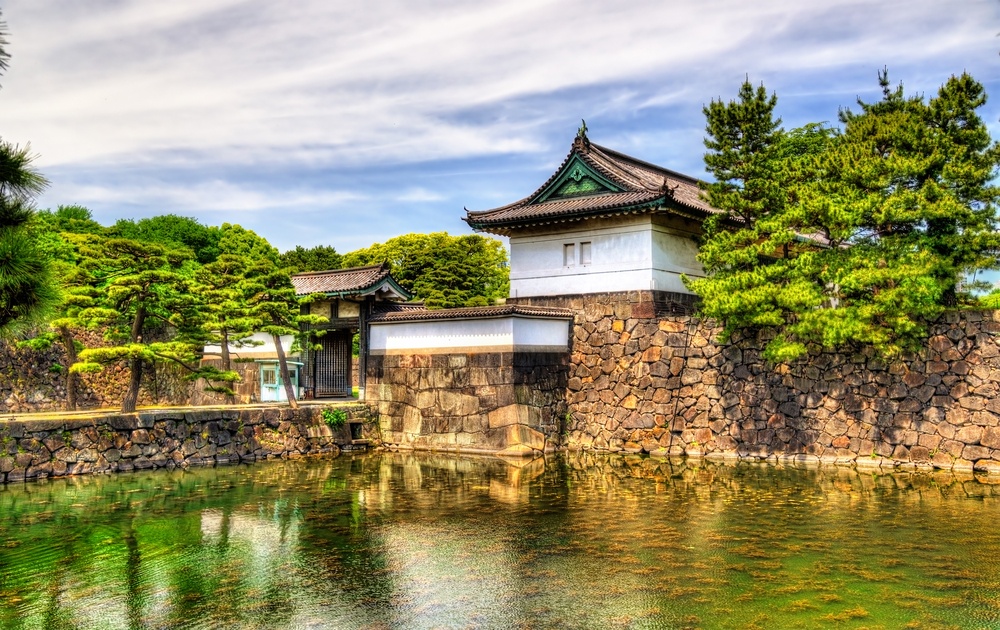

The Imperial Palace in Tokyo, Japan, located on the site of the old Edo Castle, has been an iconic symbol of Japan’s royal heritage and a key point of interest for tourists since the Meiji Restoration. With its rich history, beautiful gardens, and traditional architecture, the Imperial Palace offers a slice of tranquility and culture amidst the bustling city of Tokyo.
After the ascension of Emperor Meiji in 1868, Edo Castle became the Imperial Palace. Public interest grew domestically and internationally, but access to the palace grounds remained restricted for many years, contributing to its allure and mystique.
Post World War II, Japan's economic revival and the booming of international air travel in the 1960s and 70s introduced an era of increased foreign tourism. The Imperial Palace gradually became more accessible to tourists, though the inner grounds and buildings remained open to the public only on special occasions like the Emperor's birthday and New Year's Greeting.
In the 1980s and 90s came a boom in Japanese tourism, partly due to Japan's growing influence in global economics and technology. Visitors were drawn to the palace's historical significance and the contrast between the ancient and the new.
Today, visitors can enjoy guided tours of the outer palace grounds and the East Gardens, which make up a part of the inner palace area. While the innermost areas are still not open to the public year-round, the guided tours provide a comprehensive history of the palace and offer an insight into the lives of the Imperial family.
Virtual Experiences: With the rise of digital technology, the Imperial Palace has embraced virtual tours, allowing people from all over the globe to experience the beauty and history of the palace without travelling to Japan.
Eco-tourism: The palace's natural beauty is highlighted by sustainable tourism practices, with the pristine East Gardens showcasing a diversity of flora and fauna and serving as a prime example of ecological preservation efforts in urban settings.
Local Engagement: Increasing numbers of tourists are engaging with local cultural activities, from traditional tea ceremonies to learning about the ancient art of Japanese calligraphy, providing a more immersive experience.
While the East Gardens are open to the public throughout the year, potential visitors should be aware of the limited access dates to the Inner Palace grounds. It is crucial to check the Imperial Household Agency's schedule prior to planning a visit.
Tourist facilities around the Imperial Palace, including the Imperial Palace Visitor Center, offer multilingual resources to enhance the visitor experience. Tourists are encouraged to make use of these resources to fully appreciate the cultural and historical significance of the site.
In summary, the Imperial Palace in Tokyo continues to be a significant draw for tourists from all over the world. Its careful blend of history, cultural significance, and serene environments within an urban context remains a cornerstone of tourism in Japan’s capital city.